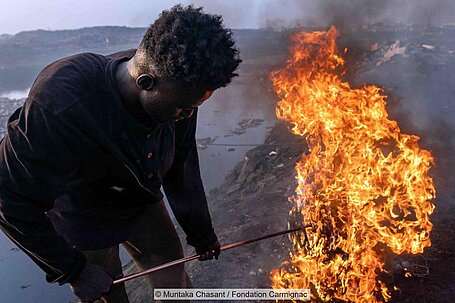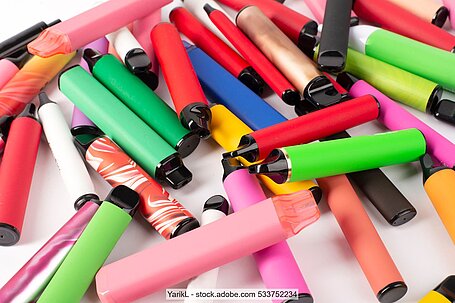The umbrella organization for European e-scrap recyclers has once again spoken out against lowering the concentration limits for unintentional trace contamination with certain polybrominated diphenyl ethers (PBDE). In a position paper published at the end of January, the European Electronics Recyclers Association (EERA) recommended retaining the current value of 500 mg/kg for mixtures and products and extending the applicability of the limit to recyclate mixtures and articles manufactured thereof. EERA recommends that the threshold not be reduced to 200 mg/kg until 1 January, 2030 at the earliest.
For mixtures and products that do not contain recyclates, EERA believes that a maximum concentration of 10 mg/kg should apply to the five substances tetra-, penta-, hexa-, hepta- and deca-BDE. This limit is already foreseen in the EU regulation on persistent organic pollutants (POPs).
The five PBDEs classified as POPs were previously used as flame-retardant additives in plastic components used for example in electrical and electronic appliances and vehicles. While the use of POPs in now banned or at least severely restricted in the European Union, plastics containing PBDEs continue to appear in the waste stream. The limit values set in the POPs Regulation determine, among other things, whether plastics containing PBDEs can be recycled for use in new products or must be disposed of....




